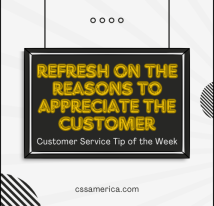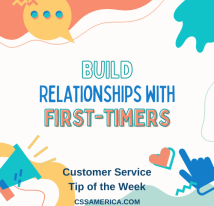
What could go wrong? I need to figure that out so I can be prepared to respond in the right way. I need to anticipate the issues that could arise so that I’m prepared for them. After all, failing to prepare is preparing to fail. What are all the roadblocks that I could encounter? I must know them so that I can plan to overcome or avoid them.
While these are good planning-oriented statements, true in life and business, there’s a slippery slope that we must avoid – for our mental health if for no other reason.
Thinking ahead, understanding the worst that can happen, anticipating the issues that could arise – these may all be good things. But keep in mind that – even with the best planning and best intentions – bad things will happen. People will still be upset. Co-workers will still drop the ball. Issues will arise.
We can’t try to be such good planners and anticipators that we not only have to deal with the inevitable issues that will come up today, but we also continuously think of the issues that could happen tomorrow. Imagine our minds being occupied by today’s complaint, and once that’s done we worry about tomorrow’s complaint. We’re dealing with a co-worker’s lack of quality today that ticked off a client; then later we’re worried about the potential for that to happen tomorrow.
With this approach, we’re essentially multiplying our troubles. Adding to the real, tangible issues of today with the “what if” potential issues of tomorrow.
Yes, plan for the future and anticipate how to respond when bad things happen so you’re more prepared for those times when they do arise.
But don’t let the possibility of issues consume your mind. Better service, better days come from a healthier mindset – one where we’re optimistic about tomorrow; we’re hopeful about the future; we envision success.
Yes, plan for what could happen in the future; but avoid occupying your mind with negative “what ifs.”
Don’t multiply your troubles.
Signup for FREE Tips! Contact Us More Resources for You Visit Our Home Page























